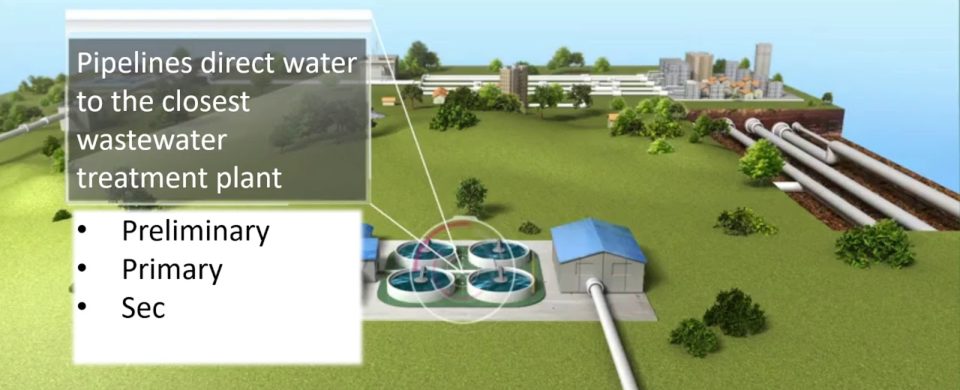Wastewater treatment basics - How does wastewater treatment work?
3 Minute Water and Waste Water Video Tutorials by AET
For more information or comments contact us here: https://www.aqua-equip.com/
Water testing equipment here: https://www.ebay.com/str/watertesting
Sewage treatment basics – how does wastewater treatment work?
Every living organism creates directly or indirectly waste substances which have to be treated or converted back into useful resources. To transport waste substances to treatment facilities there is no other liquid that can transport wastes better than water. Water is dense and provides enough buoyancy as well as viscous to transport items and erode surfaces. Therefore, wastewater treatment deals with the removal of waste substances from water.
Domestic use produces sewage from showers, sinks, cleaning appliances and flushing toilets. Industrial and agriculture wastewater comes from water usage for various processes and washing and cleaning of products.
Wastewater needs to be treated so that any harmful physical, biological and chemicals substances can be removed to protect public health. Sewage treatment eliminates waterborne diseases, protects fish and water plants, prevents noxious odors and maintains a healthy oxygen balance in water bodies.
To collect wastewater and to transport it to sewage plants small sewer pipes of a 4-inch diameter carry wastewater to larger pipes that form a collection system in a community. From the collection system wastewater is directed through pipelines to the closest wastewater treatment plant. If wastewater must flow uphill pumping stations are used to overcome gravity forces.
Arrived at the wastewater treatment plant sewage water undergoes preliminary, primary and secondary treatment steps for purification. In some cases, an advanced or tertiary treatment is also required.
Preliminary Treatment
The preliminary treatment removes bigger solids and debris to make sure that the following process equipment and piping is neither damaged nor clogged. Good examples are driftwood, fabrics or anything else that is bigger than the screening openings of usually 1/2inch. Screenings are made up of foreign materials like a ball, bat or threadlike items.
Afterwards Grit chambers comprise any inorganic material, like sand or eggshells.
Primary Treatment
This step slows down the wastewater in a clarifier settling tank to isolate solids that sink or float due to buoyancy. Clarifiers are huge tanks which provide enough retention time for separation of bigger particles in wastewater. The scum and settled sludge are removed by scraper mechanisms.
Secondary Treatment
Non-settleable solids such as dissolved sugars are still left in the wastewater after the primary treatment. Secondary treatment uses microorganisms and oxygen to convert dissolved solids into biological masses which can be removed later.
Depending on the local permits the nutrients after this stage might not be a concern for release in natural waterways or groundwater. Then in a final step the wastewater undergoes disinfection through chlorine or UV radiation. If stricter permits are present the wastewater will undergo one more step for the conversion of nutrients into nitrogen gas facilitated by anaerobic bacteria.
Comments are closed.

